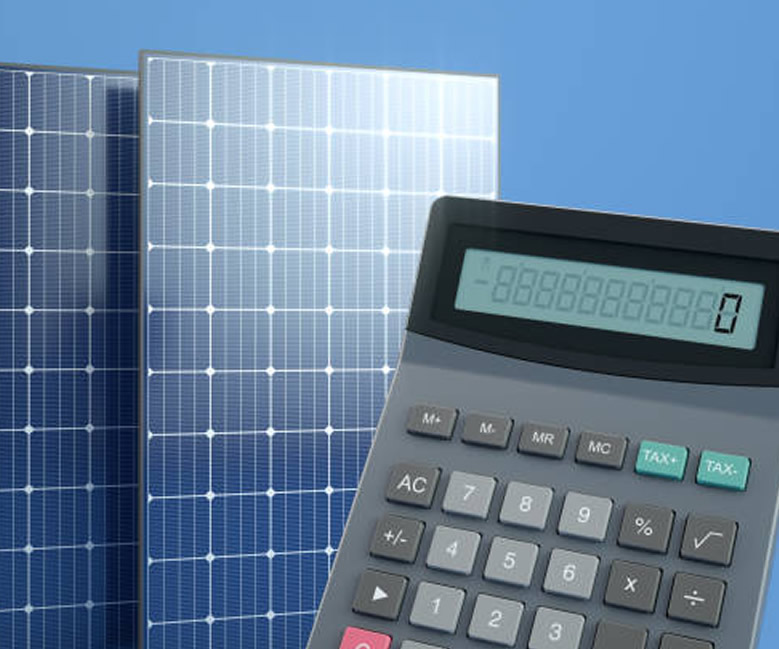Knowing your energy consumption can be tricky. Using online tools for estimating likely savings from a solar power system is the way to go. One of such tools is found here solar calculator.
Enter your own figures, then compare the results against any numbers you’ve been given for a solar quote. Bear in mind it’s only an estimate. It will only ever be an estimate, because there’s no way of knowing 100% due to the multitude of variables that feed into the equation. But don’t let that bother you.
All you need is to try get your head around your own energy consumption habits. You’re probably aware that if you have solar power, it makes sense to use high-powered appliances when the sun is shining, so you draw from the solar panels and not the grid.
But what does that mean in real terms? How do we quantify high power or power usage in general? It’s hard to measure unless you spend thousands of dollars on data loggers and consumption meters for every circuit in your house. It’s not going to happen.
A simplified explanation of power usage
You’re trying to do the right thing by using what you think are high-powered appliances in the middle of the day when the sun is shining brightly on your solar panels. Your solar panels are now producing, say, 4 kW of power. You put a chicken in the oven to roast. Your oven is now drawing 3kW of power. Great. Your new solar power system is providing 100% power to the oven (3kW) and exporting 1kW to the grid. Pity about the crappy feed-in tariff you’re getting.
You’ve been working pretty hard, so you put on the kettle for a coffee. The kettle draws 2kW of power. The 1kW that was going from the solar to the grid is now diverted to your kettle instead; and it needs another 1kW, so imports it from the grid to make up the shortfall. It’s like an accounting balance sheet.
Load:
Oven (3kW) + kettle (2kW) = 5kW.
Generator:
Solar (4kW) + grid (1kW) = 5kW
So is switching on the kettle to be avoided? No! You deserve that cup of coffee, and although the kettle will cause 1 kW of imports from the grid, it will only be for a couple of minutes. That means your coffee-related grid energy usage will be about one-thirtieth of a kilowatt hour (2 minutes is 1/30th of an hour, so 1/30 x 1kW = 1/30th of a kWh). About 1 cent’s worth.
This is important to understand if you’re hoping to install solar panels to save money. Your energy consumption habits will help you to achieve the financial returns you expect from your solar power system and also put into perspective where to focus your efforts (tip – it’s not the kettle).

